For years, the H22A Euro R intake manifold, often referred to as the PDE, has been lauded as the pinnacle of OEM H series intake manifolds, especially when chasing peak horsepower. While it holds merit in top-end power delivery, the narrative often overlooks the impressive capabilities of the dual runner P13 IAB (Intake Air Bypass) manifolds, prevalent across many H series engines, particularly in the crucial lower to mid rpm range. Contrary to popular belief, with some strategic polishing, the common dual runner P13 manifold can actually outperform the PDE manifold across the majority of the power band, only conceding slightly at the highest revs.
Within the realm of H series IAB intake manifolds, we encounter two primary variants: the P13 and the PCBX. Expanding this further, considering OBD2 P13 and the PCB found on the F20B, we technically have four, but for this comparison, we’ll concentrate on a JDM H22A P13 and a JDM H23A blue top PCBX.
Back in the early 2000s, as H swaps gained traction, information beyond the PDE and standard P13 manifolds was scarce. The prevailing wisdom often advocated for deleting IABs altogether. For a considerable time, Euro R manifolds were my go-to on various H series builds, and IAB deletion became routine when a PDE or Skunk2 manifold wasn’t readily available for a new H series engine.
However, as I accumulated dyno tuning experience across numerous vehicles, a pattern emerged. Functional IAB setups consistently yielded superior mid-range power, typically by 5-8hp, with a minimal deficit of around 4hp at the top end. Real-world data often challenges internet dogma, and this proved to be a prime example. The PDE manifold undeniably delivers 8-11whp more than a P13 IAB manifold when dyno tuned, but this advantage is confined to peak horsepower at the highest rpm. Dyno-tuned IAB manifolds excel in low-end torque and deliver more usable mid-range power, ideal for street driving.
This brings us to a third, often overlooked manifold: the PCBX intake manifold. Distinct from both the PDE and P13, the PCBX remains largely unexamined and underappreciated within the OEM H series performance landscape. Having previously highlighted the H22A7 exhaust manifold as the best OEM H series exhaust manifold, I aim to shed light on this obscure intake manifold and present compelling reasons why it might be a superior choice over the lauded PDE Euro R manifold for your next build.
This exploration will delve into a detailed comparison, starting with visual assessments of the P13 and PCBX manifolds. Both incorporate IABs and share visual similarities, but a closer inspection reveals significant disparities in their construction and airflow dynamics. The PCBX emerges as a demonstrably superior manifold in terms of quality and airflow, as evidenced in the following comparative images. Let’s examine these differences and uncover why the PCBX stands out as the best OEM H series intake manifold in my opinion.
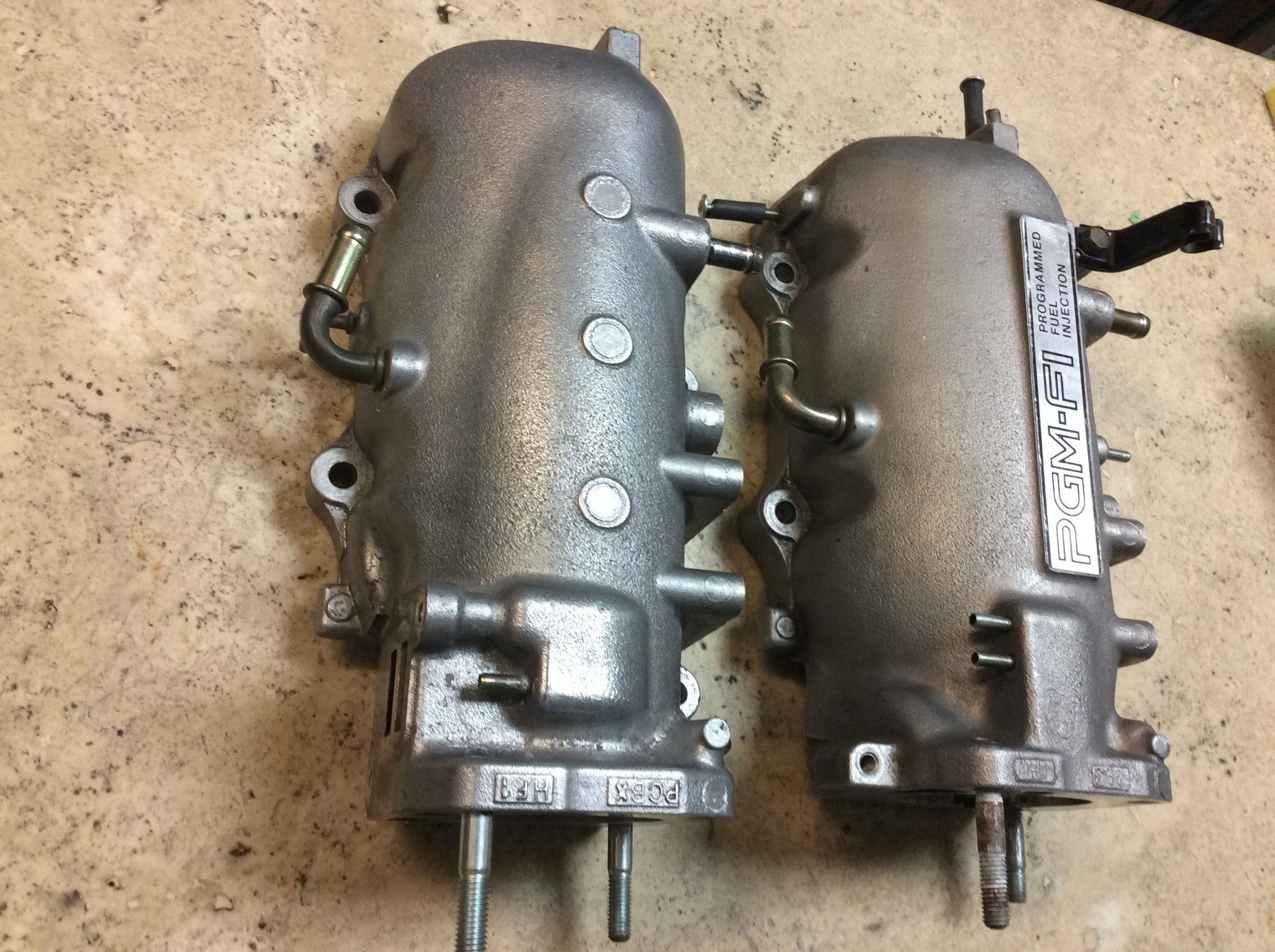 Comparison between P13 (left) and PCBX (right) intake manifolds, highlighting casting differences and overall design.
Comparison between P13 (left) and PCBX (right) intake manifolds, highlighting casting differences and overall design.
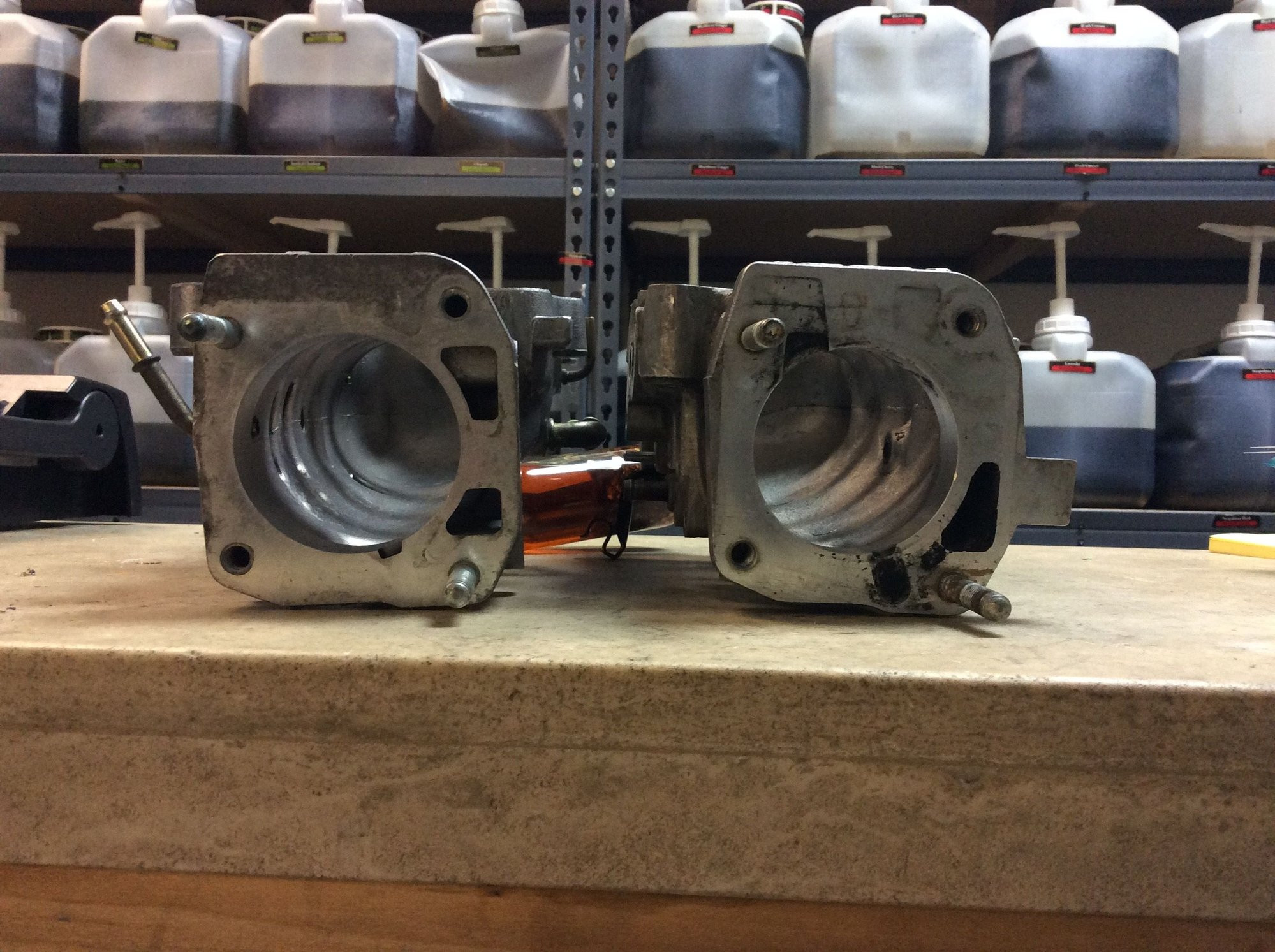 Detailed view of the P13 intake manifold runners, showing the design and porting.
Detailed view of the P13 intake manifold runners, showing the design and porting.
 Close-up of the PCBX intake manifold runners, emphasizing the improved casting and smoother airflow paths compared to P13.
Close-up of the PCBX intake manifold runners, emphasizing the improved casting and smoother airflow paths compared to P13.
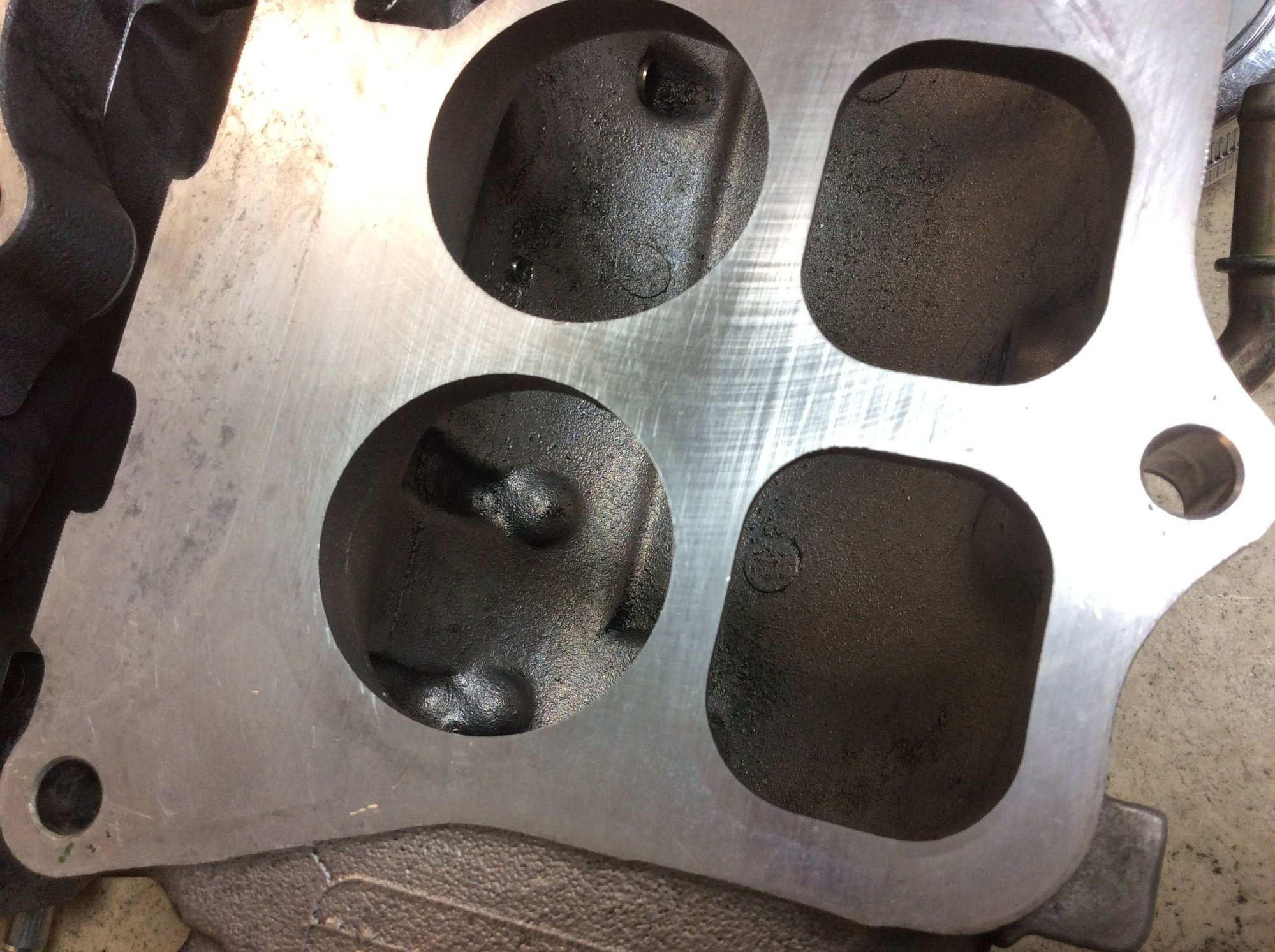 Side-by-side comparison of the P13 and PCBX manifolds, focusing on the plenum size and shape differences.
Side-by-side comparison of the P13 and PCBX manifolds, focusing on the plenum size and shape differences.
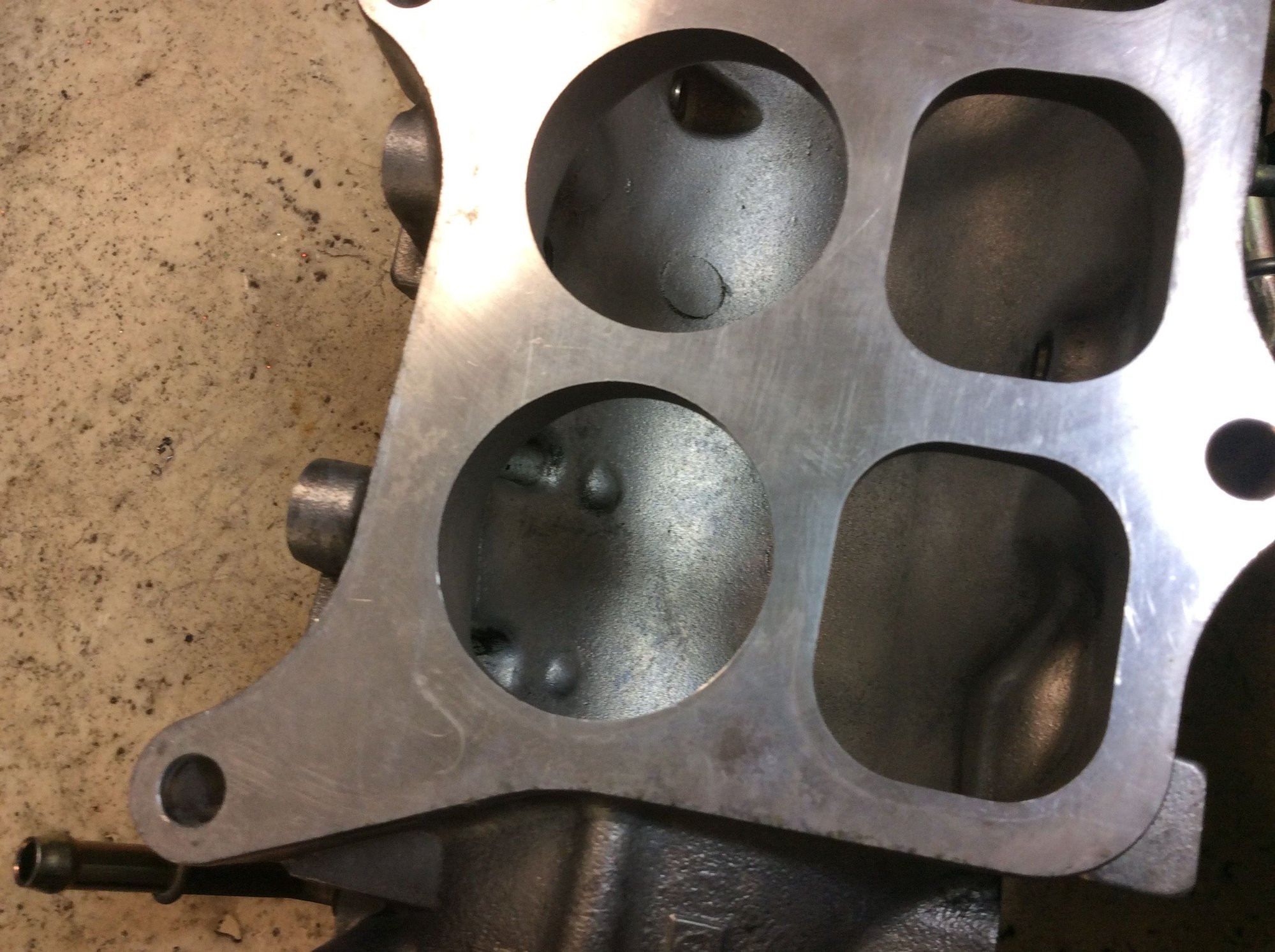 Another angle comparing P13 and PCBX intake manifolds, highlighting the throttle body flange and overall manifold dimensions.
Another angle comparing P13 and PCBX intake manifolds, highlighting the throttle body flange and overall manifold dimensions.
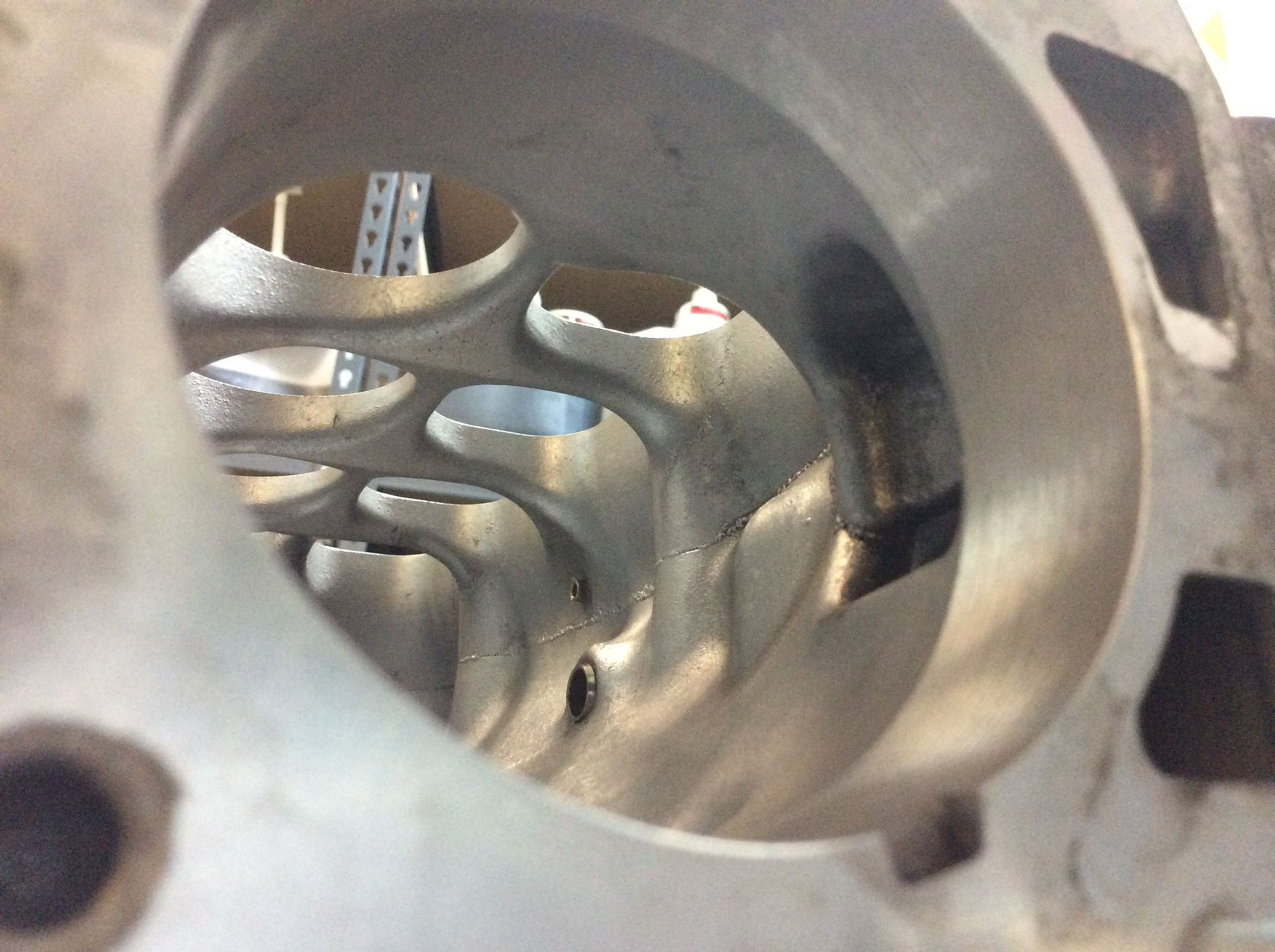 Detailed shot of the P13 manifold's IAB mechanism, showing the butterfly valves and linkage.
Detailed shot of the P13 manifold's IAB mechanism, showing the butterfly valves and linkage.
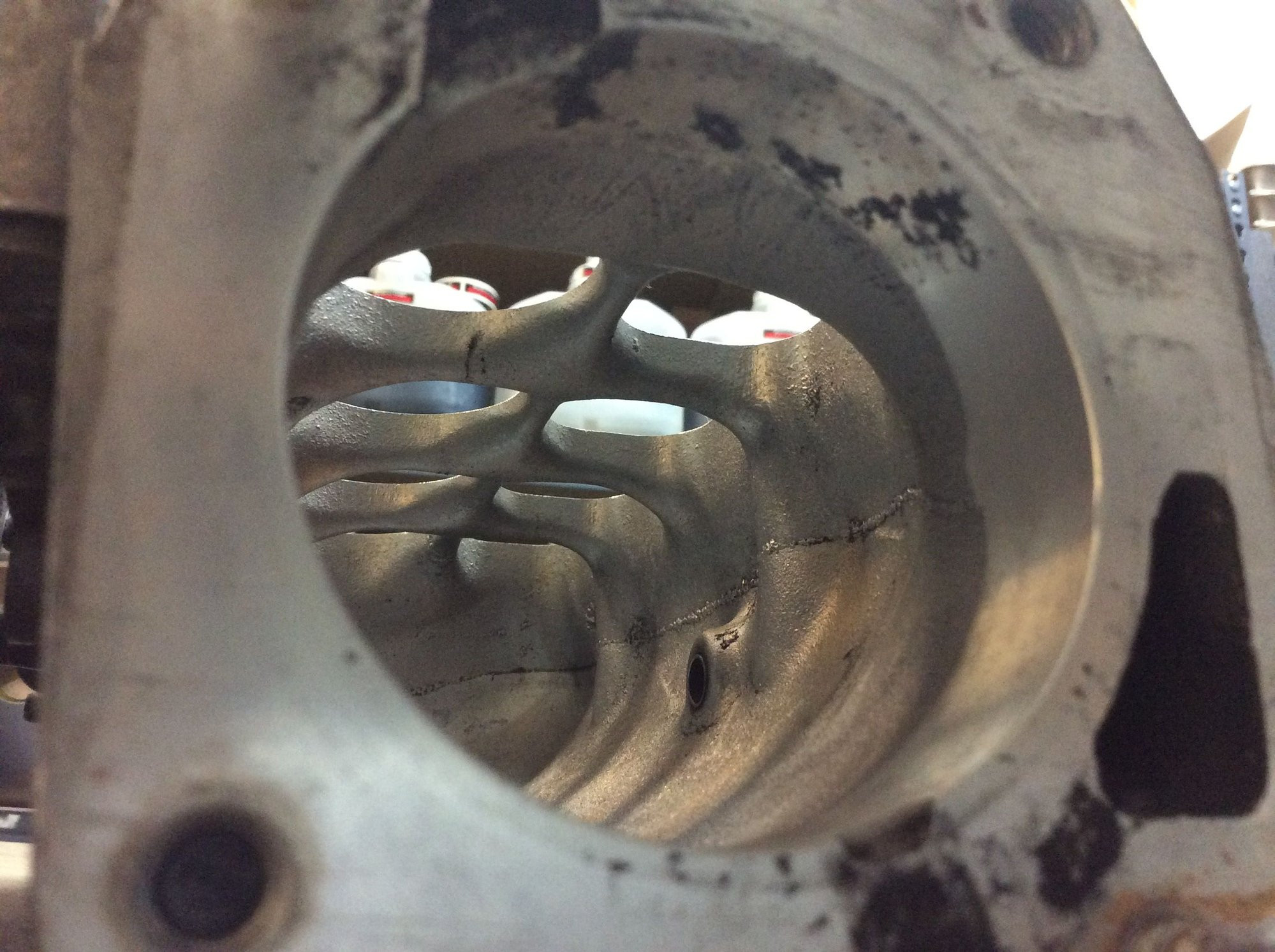 Close-up of the PCBX manifold's IAB system, demonstrating refinements and potentially improved airflow management.
Close-up of the PCBX manifold's IAB system, demonstrating refinements and potentially improved airflow management.
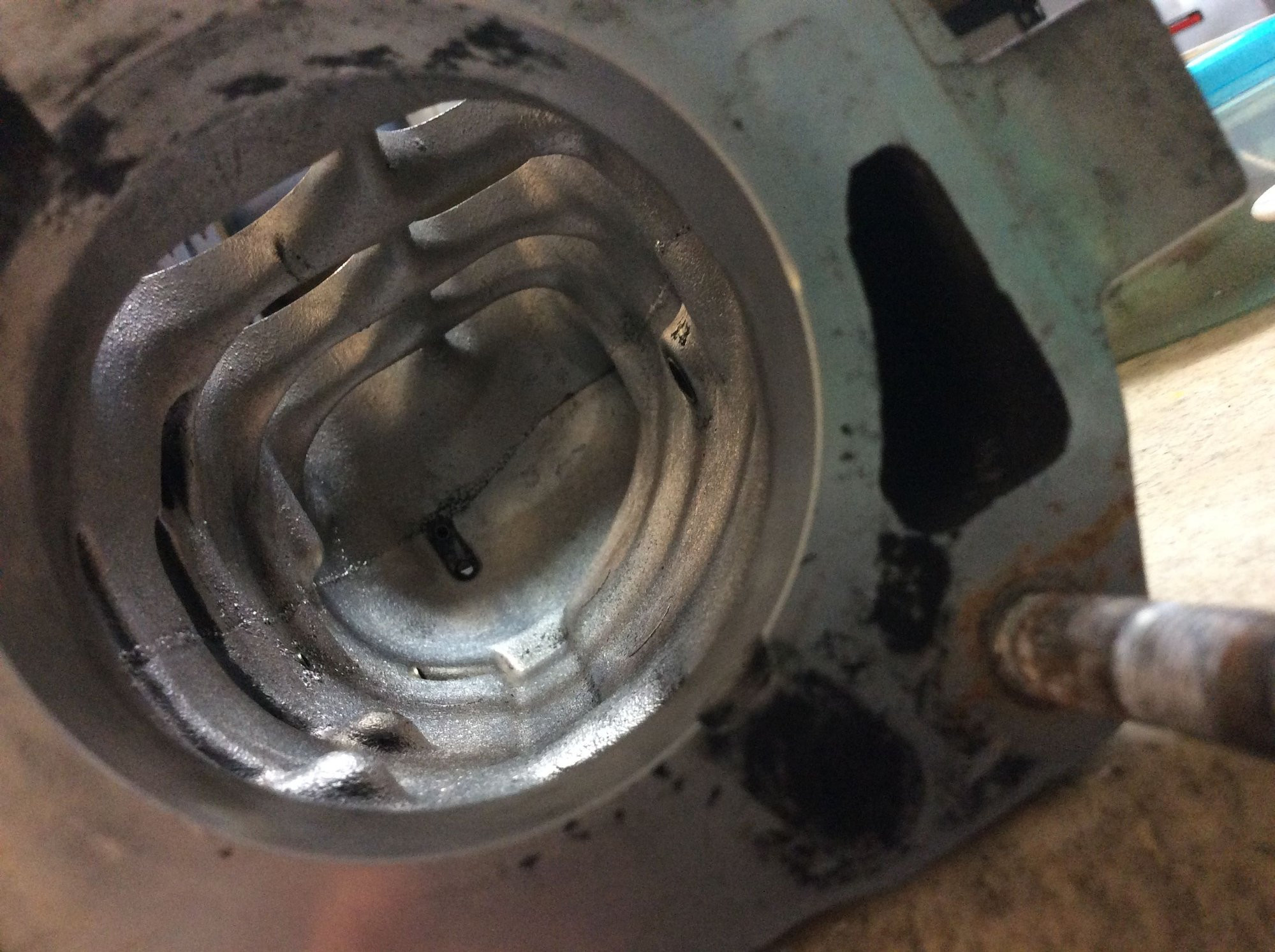 Visual comparison of the intake manifold port openings for P13, illustrating runner size and shape.
Visual comparison of the intake manifold port openings for P13, illustrating runner size and shape.
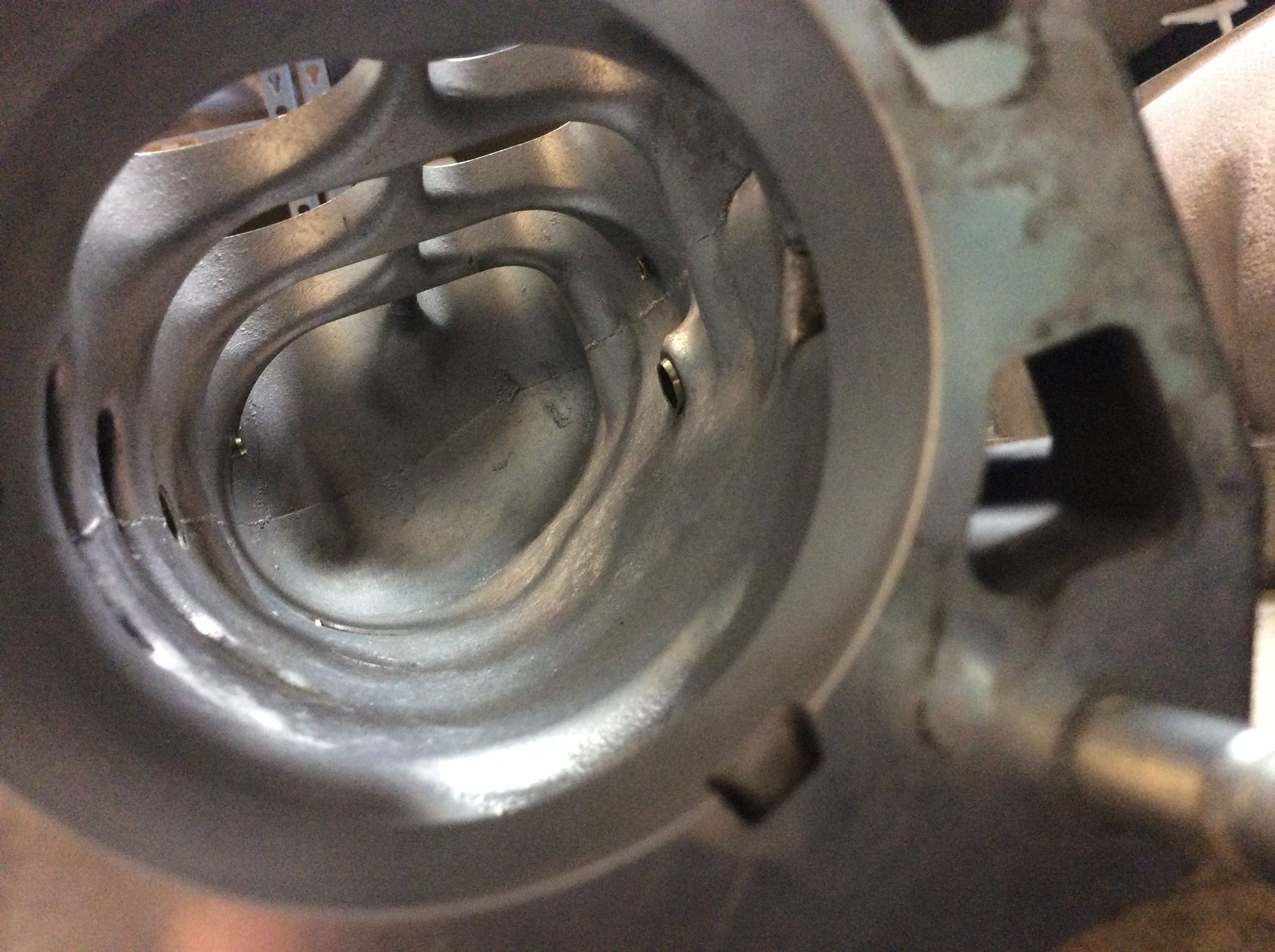 Intake manifold port openings for PCBX, showcasing larger and more optimized runner design for enhanced airflow.
Intake manifold port openings for PCBX, showcasing larger and more optimized runner design for enhanced airflow.
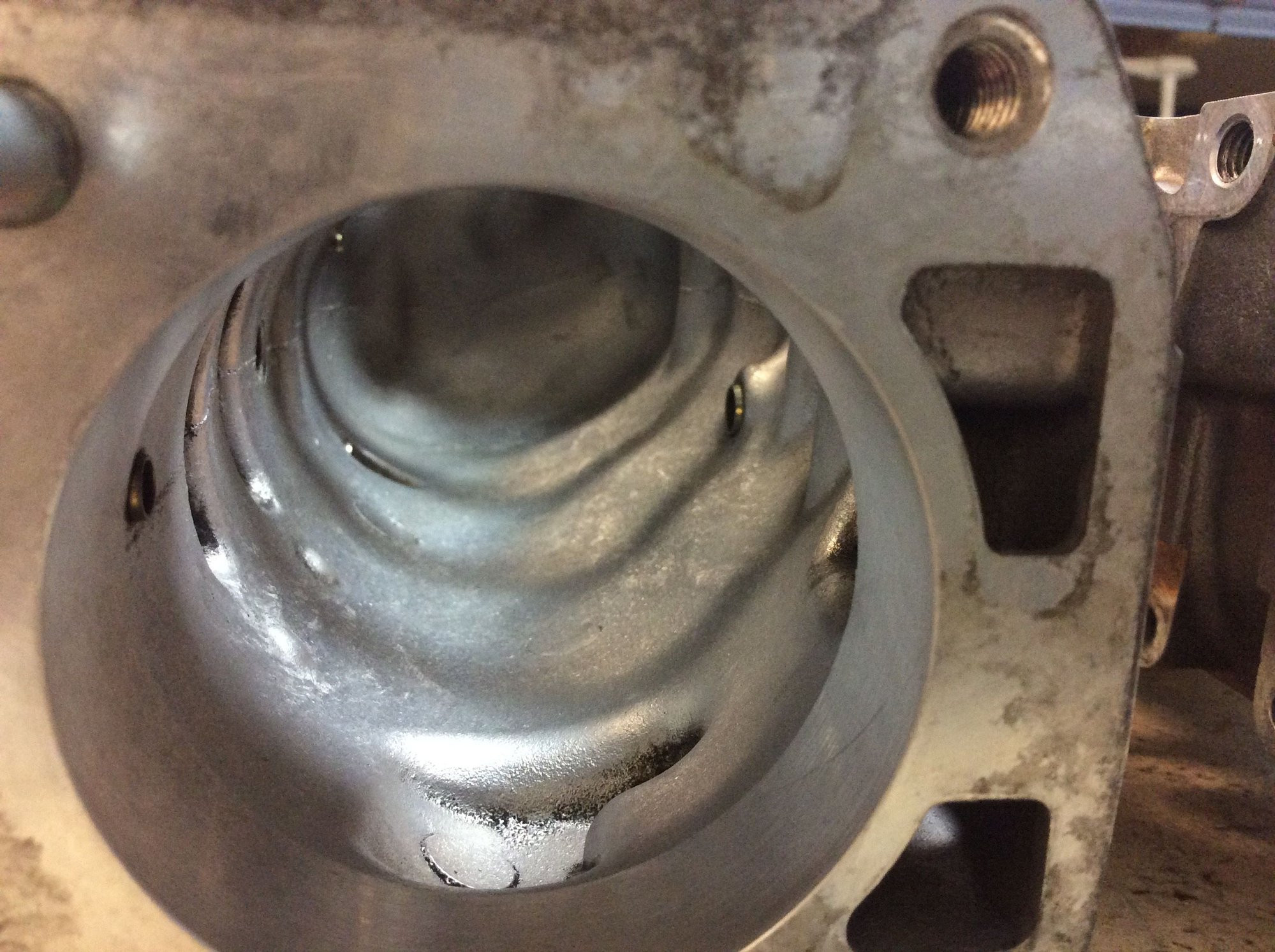 A final comparison image emphasizing the overall superior build quality and design of the PCBX intake manifold compared to the P13.
A final comparison image emphasizing the overall superior build quality and design of the PCBX intake manifold compared to the P13.
